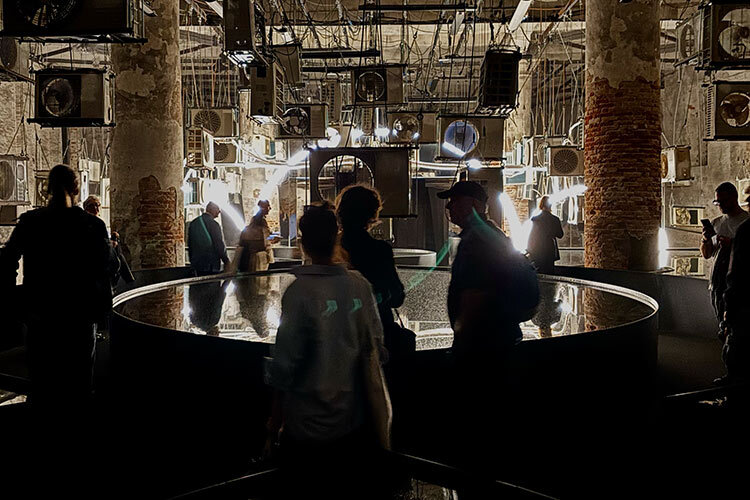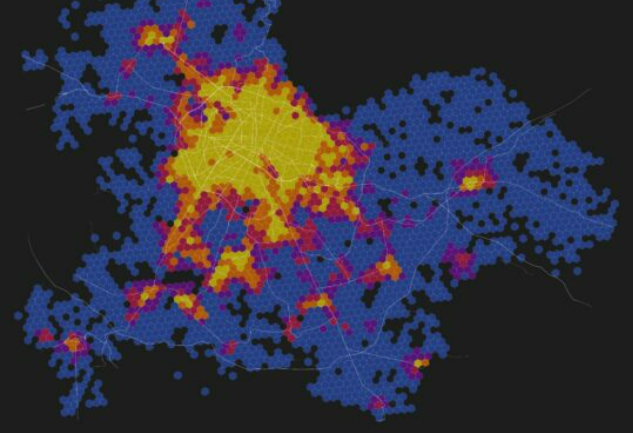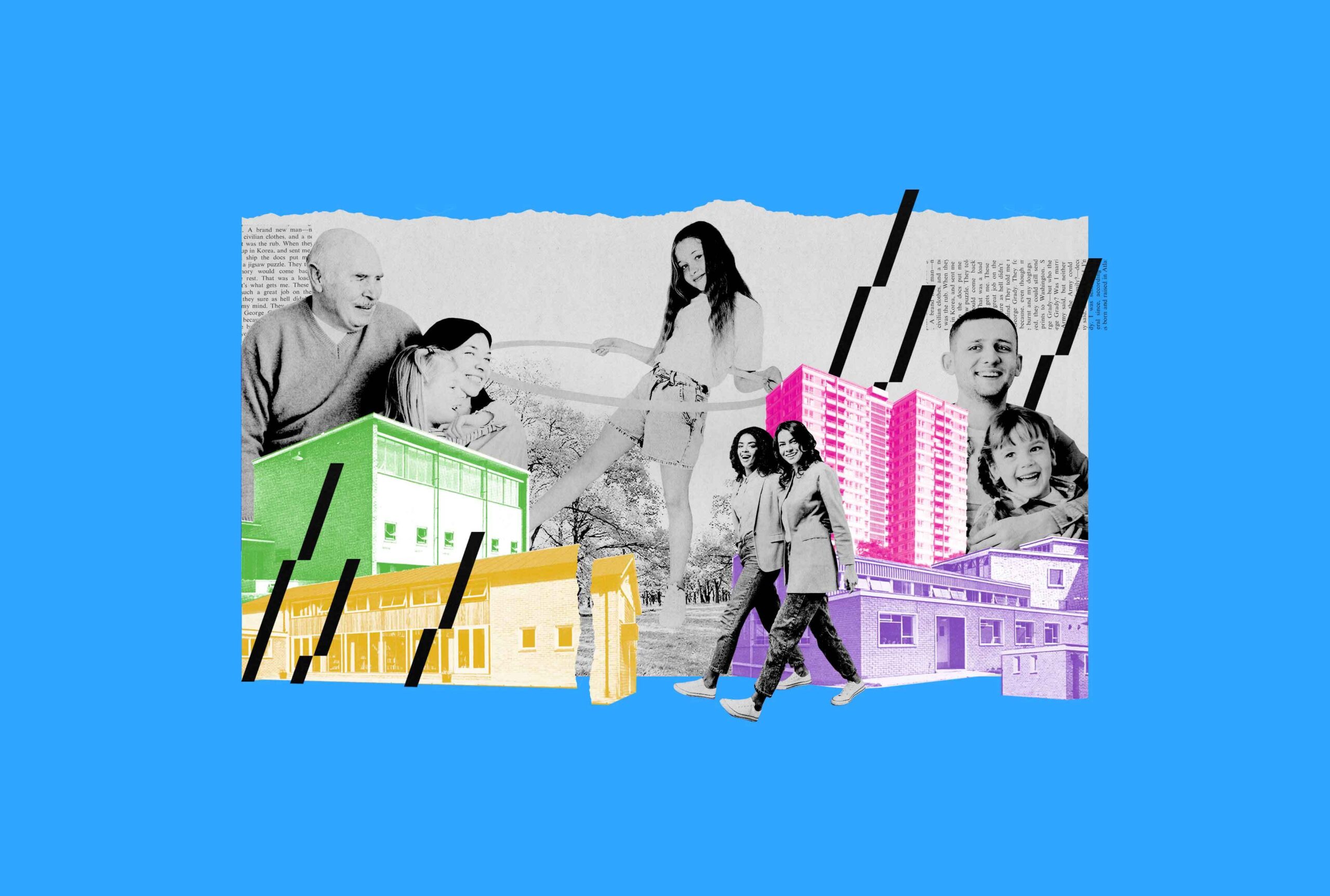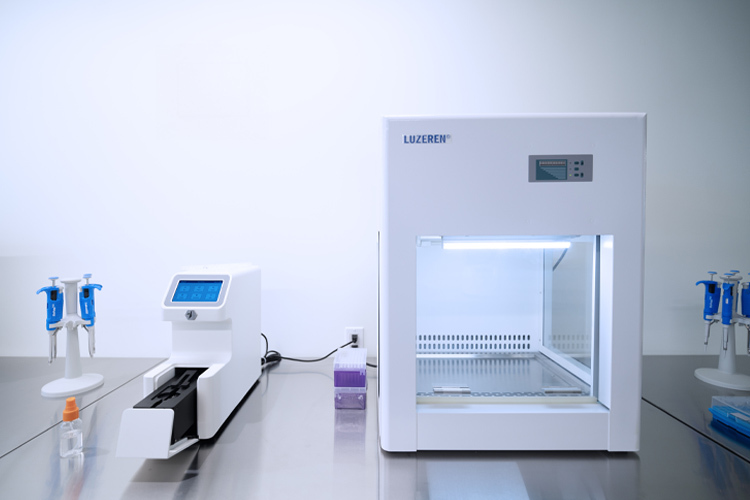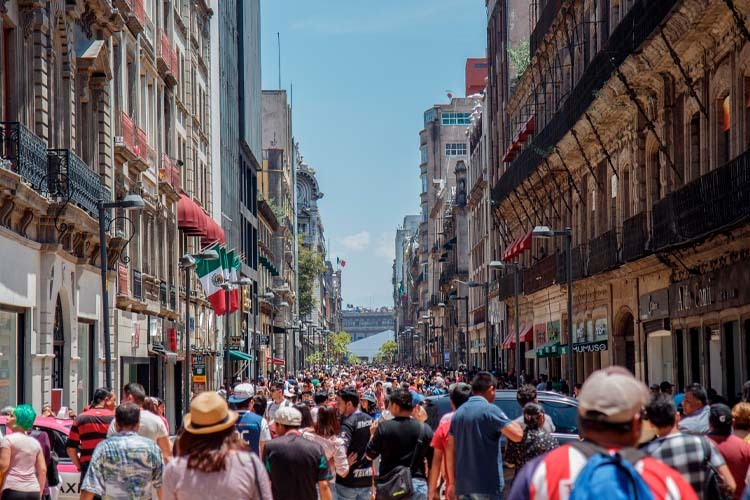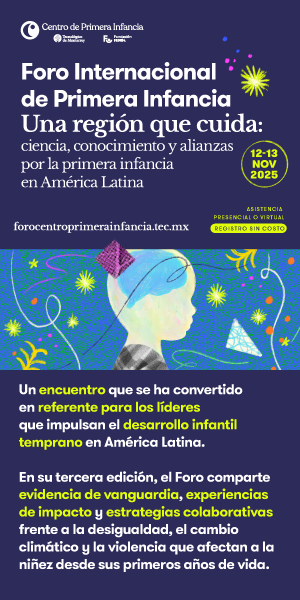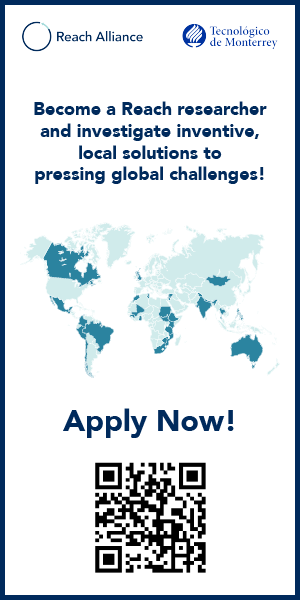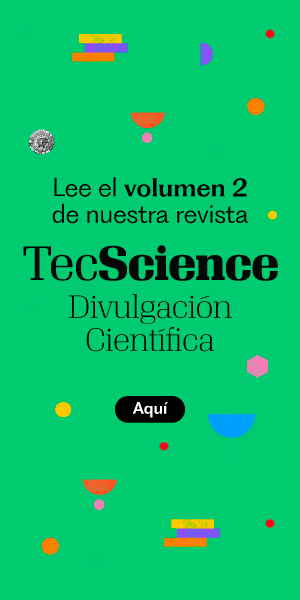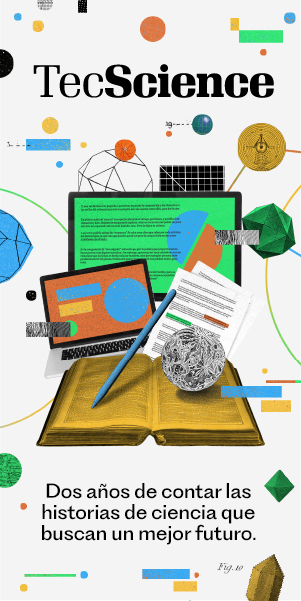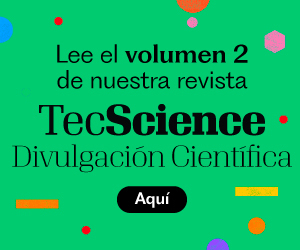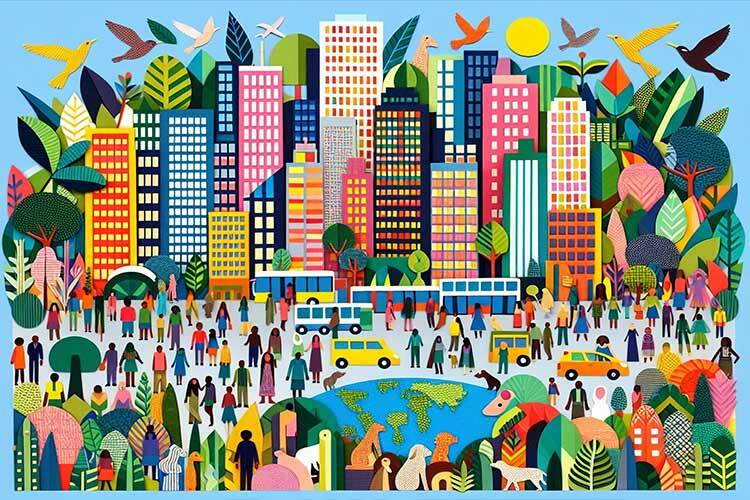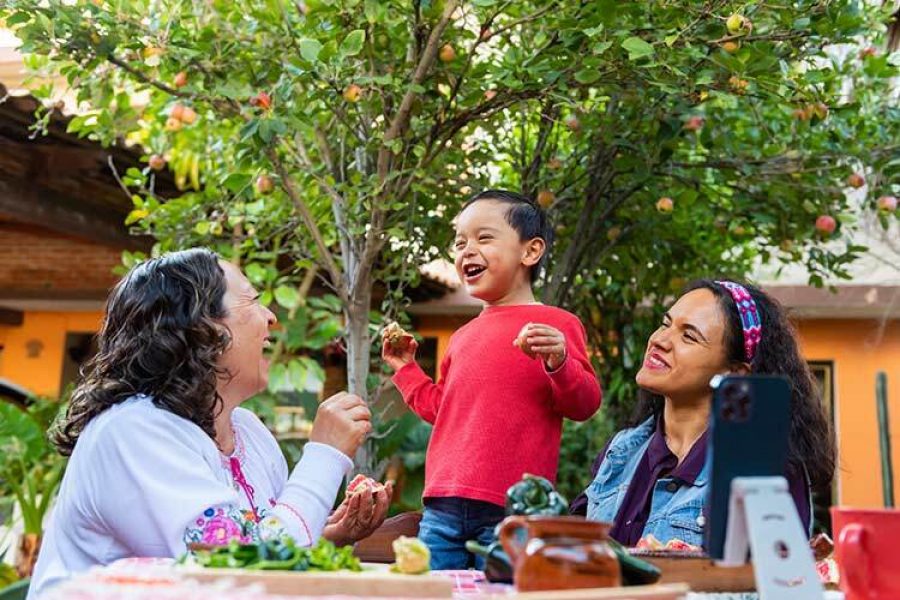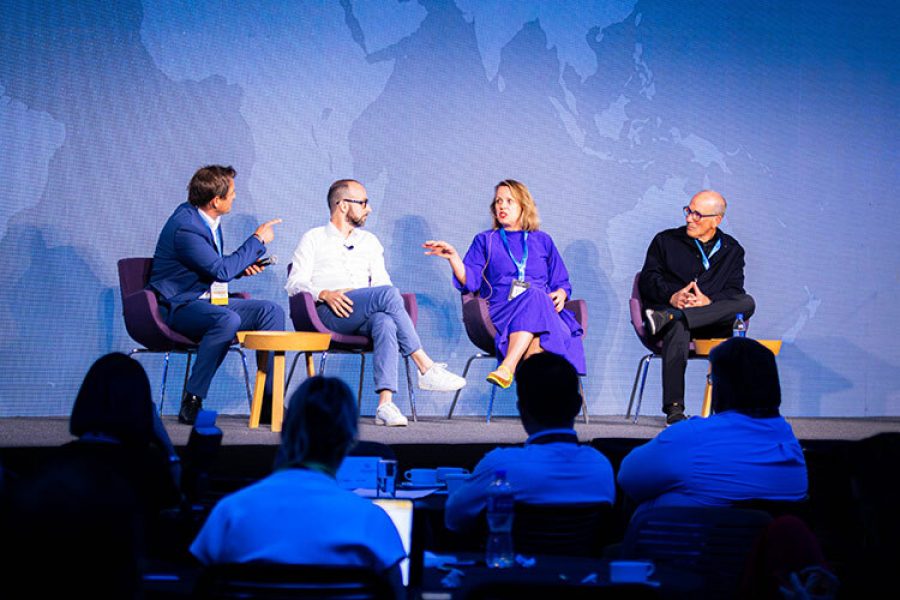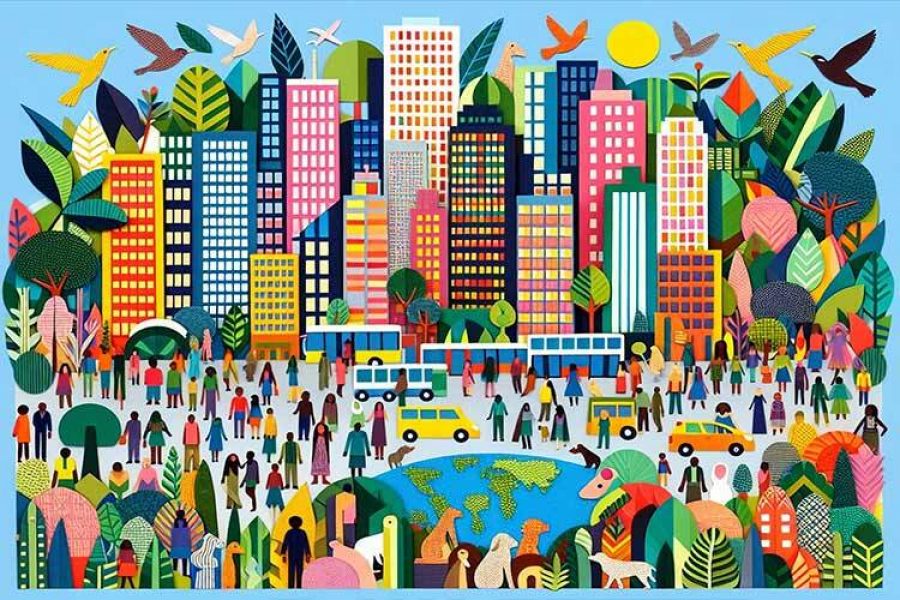Fostering Care Ecologies: Tech-Community Driven Living Labs, a project developed by researchers from the School of Architecture, Art and Design (EAAD) at Tecnológico de Monterrey, has been selected for inclusion in the 19th International Architecture Exhibition of the Venice Biennale. This event—one of the most prestigious global forums for architectural thought—will take place from May 10 to November 23, 2025, under the curatorship of architect Carlo Ratti.
With the theme Intelligens. Natural. Artificial. Collective, the 2025 Biennale aims to explore the role of various forms of intelligence—from Artificial Intelligence to community wisdom—in shaping the built environment. The Tec’s proposal was one of 280 chosen from over 750 submissions worldwide. Notably, it is also the only university-led initiative from Latin America included in this edition.
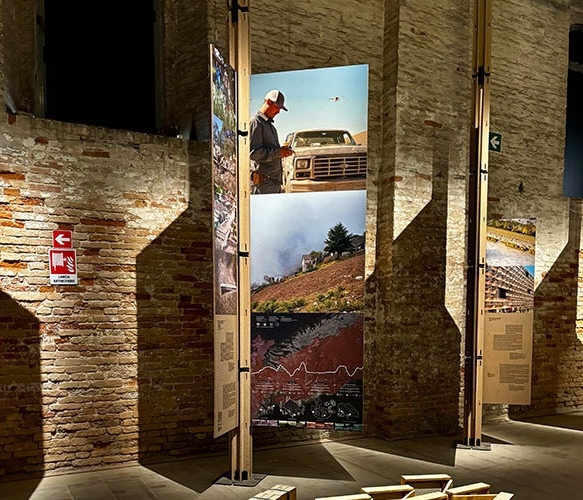
Architecture as a Platform for Research
The Tec de Monterrey’s proposal is far from a static exhibition; it is the result of an applied research line that weaves together design, science, and community. Its “living labs”—implemented in the states of Jalisco, Querétaro, and Chihuahua—serve as experimental environments to test territorial regeneration models rooted in interdisciplinary knowledge.
“Our participation is meant to showcase how architecture, within the university setting, can serve as a critical tool for exploring new ways of inhabiting our world amid climate and social challenges,” explained Alfredo Hidalgo, interim national dean of EAAD and curator of the project. “The Biennale gives us a platform to internationalize the conversation around the university’s role as a generator of knowledge with real-world impact.”
Living labs: A Methodological Knowledge Production
Each lab begins with a central research question: how can technological, ecological, and social knowledge be integrated into sustainable architectural solutions?
To answer this, the teams have developed co-design strategies with local communities, combining qualitative and quantitative methods, digital technologies, and environmental and social impact assessments.
- In Chihuahua, under the direction of Emanuele Giorgi, the lab focuses on vulnerable communities and promotes technologies for water access, sustainable agriculture, and ecological tourism. Notable outcomes include the development of filters to remove arsenic and fluoride in Julimes, as well as the installation of solar-powered irrigation greenhouses monitored by drones in Nuevas Delicias.
- In Jalisco, the C+LAB led by María Elena de la Torre operates in the area surrounding La Primavera Forest. Here, the team combines sanitation strategies, environmental education, and regenerative ecotourism. One standout case is the restoration of the Las Tortugas River through nature-based solutions that reconnect the local community with their ecosystem.
- In Querétaro, the NatRural Lab, headed by Carlos Cobreros, operates within the Sierra Gorda Biosphere Reserve. The lab promotes models of conscious tourism, environmental education, and responsible forest use—particularly in the hubs of La Barranca and Tejamanil.
“We’re exploring how different types of intelligence—collective, natural, and artificial—can interact to produce meaningful architectural responses,” Giorgi noted. “This approach merges applied science with community engagement to create replicable models of regenerative design.”
These experiences incorporate parametric design tools, environmental sensors, simulations, data analysis, and the documentation of local knowledge. Together, they transform living labs into real-time research platforms with the potential to scale solutions beyond their original context.
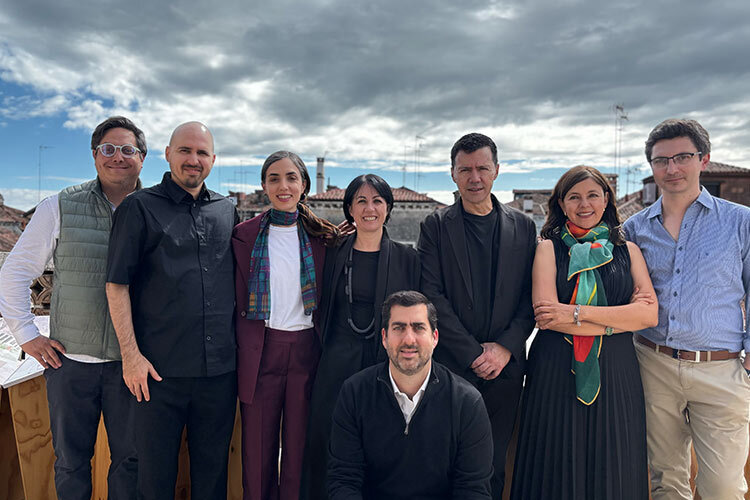
Research From and For the Territory
What sets this project apart is its transdisciplinary approach. Faculty, students, alumni, and communities collaborate as co-researchers. “Regenerative architecture is both a scientific process and an ethical commitment,” said María Elena de la Torre, EAAD researcher. “Our labs aim to systematize community learning, integrate sustainable technologies, and generate evidence on the social and environmental benefits of participatory design.”
A prime example is El Mirador, a structure built by students in collaboration with forest rangers from La Primavera. The platform allows for the appreciation of nature through an ecologically designed structure informed by local data and experience.
From the Classroom to the Field: Open Science and Experiential Learning
In addition to being featured in the main exhibition, EAAD will host a separate showcase at the European Cultural Center and publish a book featuring selected student projects. Nearly 90 proposals were submitted through an internal call; 19 were chosen to reflect this collective vision.
“It’s about bringing discoveries into the field, in a model that recognizes students as agents of change and communities as legitimate sources of knowledge,” said Juan Pablo Murra, Rector for Undergraduate and Graduate Studies at Tec. “The goal is to build networks where science, technology, and local wisdom converge.”
For Carlos Cobreros, this collective effort demonstrates how architecture can serve as a catalyst for systemic change: “The Biennale features projects that see architecture not as form, but as relationship—relationship with land, with others, with life itself.” (With reporting by Mónica Torres, CONECTA)
Did you find this story interesting? Would you like to publish it? Contact our content editor to learn more at marianaleonm@tec.mx
